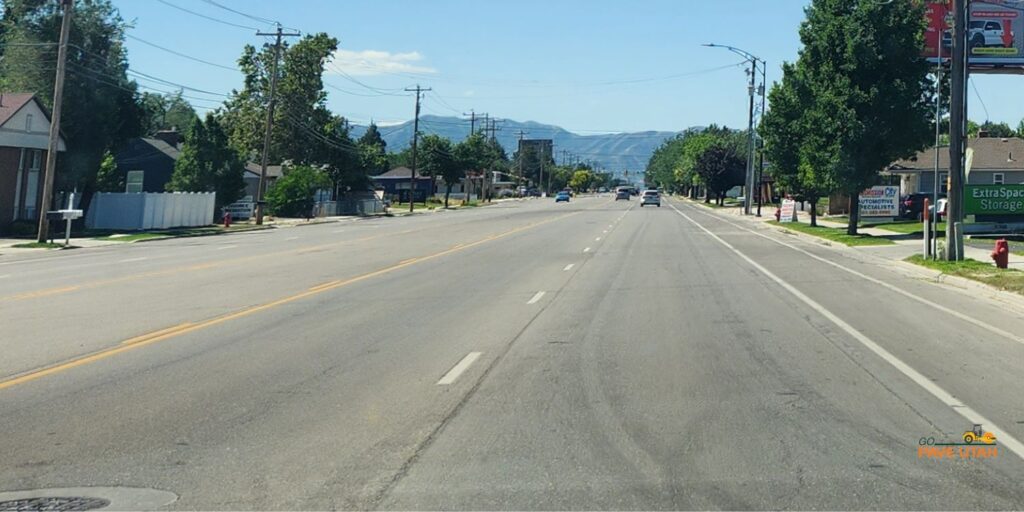The future of road construction relies on innovation and development. To many, a road surface may not seem special, but there are important techniques, special products, and hardworking people behind every inch of pavement you see. Here are eight innovations in road surface products and techniques that are behind the progress of pavement construction.
- Full depth reclamation – This repairing technique mixes the old asphalt with the underlying gravel, creating a combination of the material and forming a new, durable road base. This can save time and money and is more environmentally friendly than removing the old asphalt. It also reduces the amount of new aggregate that would traditionally need to be used.
- Eco-friendly manufacturing – Green technologies continue to be an important focus for many businesses today, and this includes paving companies. Mixes are being developed, tested, and assessed to have a lower environmental impact, such as warm mixes (rather than hot), which reduces odor, smoke, fuel consumption, and emissions during the manufacturing process.
- Eco-friendly ingredients – Using recycled materials in asphalt mixes is another important innovation on the path toward sustainability. From adding recycled plastic bottles to mixing in plant-based materials, there are several options to work toward an even more environmentally friendly product.
- Noise-reduction asphalt – For residential areas especially, noise is a major consideration for engineers and construction companies. Some analyses have shown that using asphalt in residential areas is more effective at reducing noise than installing sound wall barriers. “Durawhisper” is a new product by Lafarge in Canada designed to reduce traffic noise while also meeting the required specifications for typical hot-mix asphalt.
- Perpetual pavements – Intended to last around 50 years (as opposed to 20 for many pavements), perpetual pavement is designed from the bottom up. The bottom layer is a special mix of packed, almost indestructible asphalt cement. The middle and top layers are made of a high-quality mix that resist wear. Surface repairs will be necessary about every 20 years, but it’s quick and easy.
- Computer modeling – This method is being implemented in the designing process to create a roadway that performs better. Engineers are able to test ideas before implementation to figure out the best outcome.
- Water saving pavement – These specific pavements are made with porous asphalt or permeable concrete, which allows storm water to drain into a catch basin below. This water can then be channeled to desirable locations. It also helps filter out sediment, however the winters with Utah’s heavy salt applications on roadways may be problematic when it comes to maintenance.
- Collaboration – Roadbuilders, transportation companies, government agencies, engineers, and scientists are collaborating more and more on creating even better solutions to our roadways and pavements. Because of this collaboration, better products and practices occur, resulting in a positive result for the industry overall as well as the environment.
Go Pave Utah’s passion for pavement goes beyond installation. Our management teams keep up with new techniques and information, and we ensure employees are always trained on best practices in our industry. If you have pavement questions, we can answer them!
